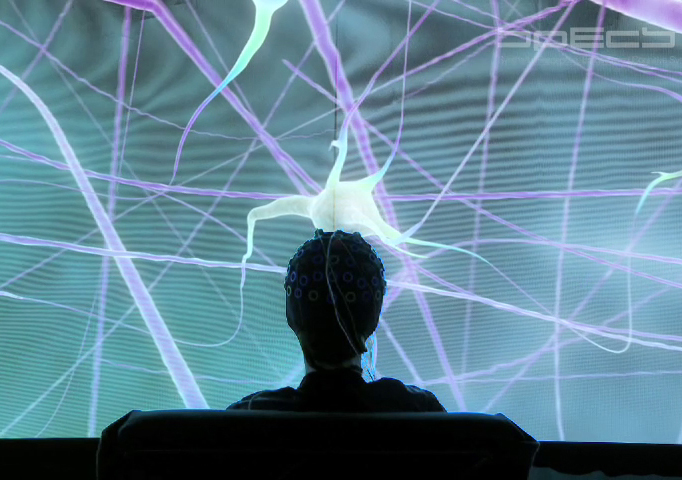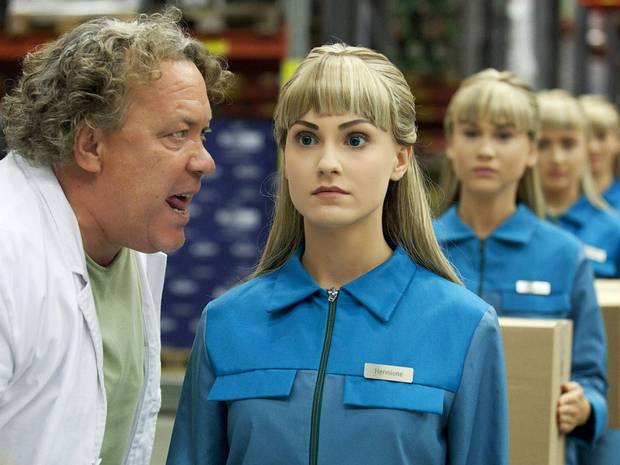Article by Michael Szollosy
So the media last week was absolutely full of the latest Sure Sign that the robocalypse is immanent: apparently, Google-backed DeepMind have now managed to create an AI so very sophisticated that it has beat human champions at the ancient Chinese board-game of Go. DeepMind’s AlphaGo has defeated the European champion, which marks another important development in the progress of AI research, trumping IBM DeepBlue’s victory over Gary Kasparov at chess back in 1997: Go is, apparently, a much more difficult game for humans – and, it was thought, for computers – to master, due to its complexity and the need for players to recognise complex patterns. Continue reading










